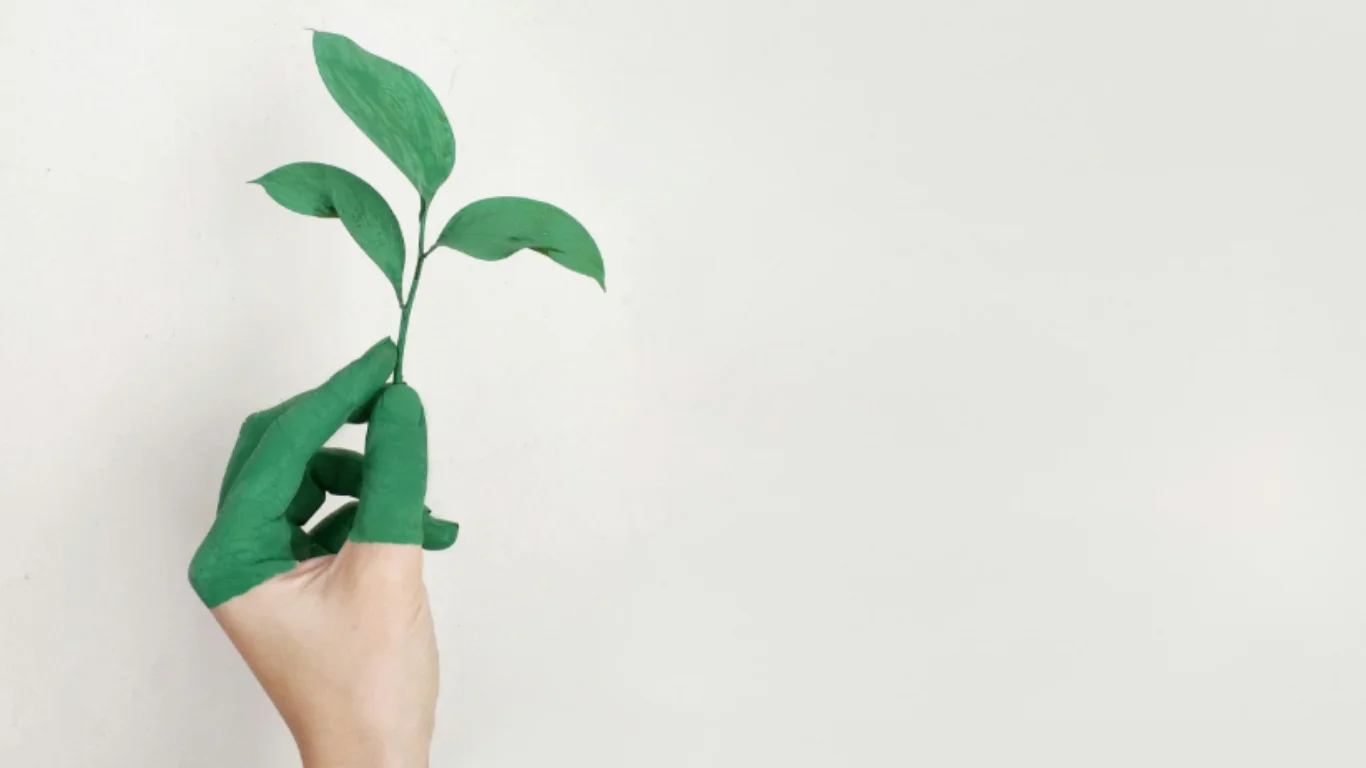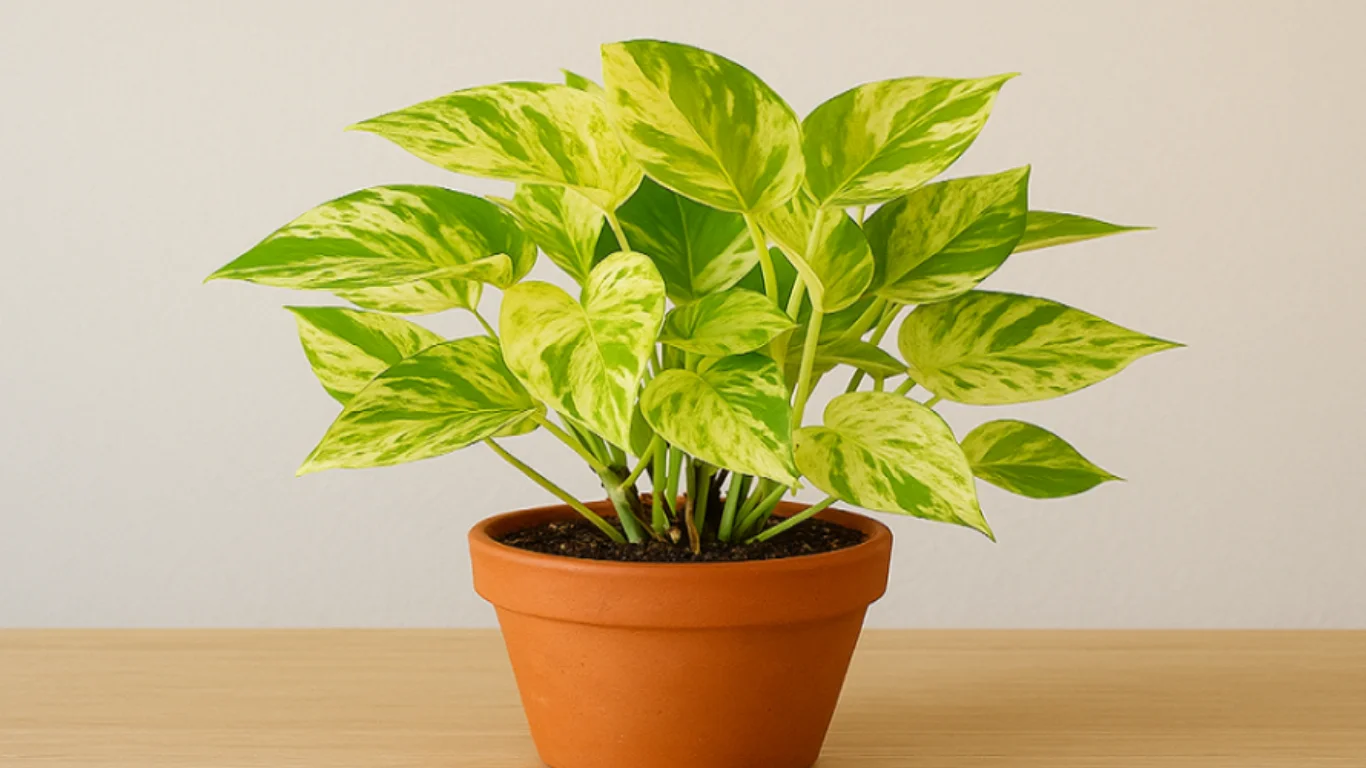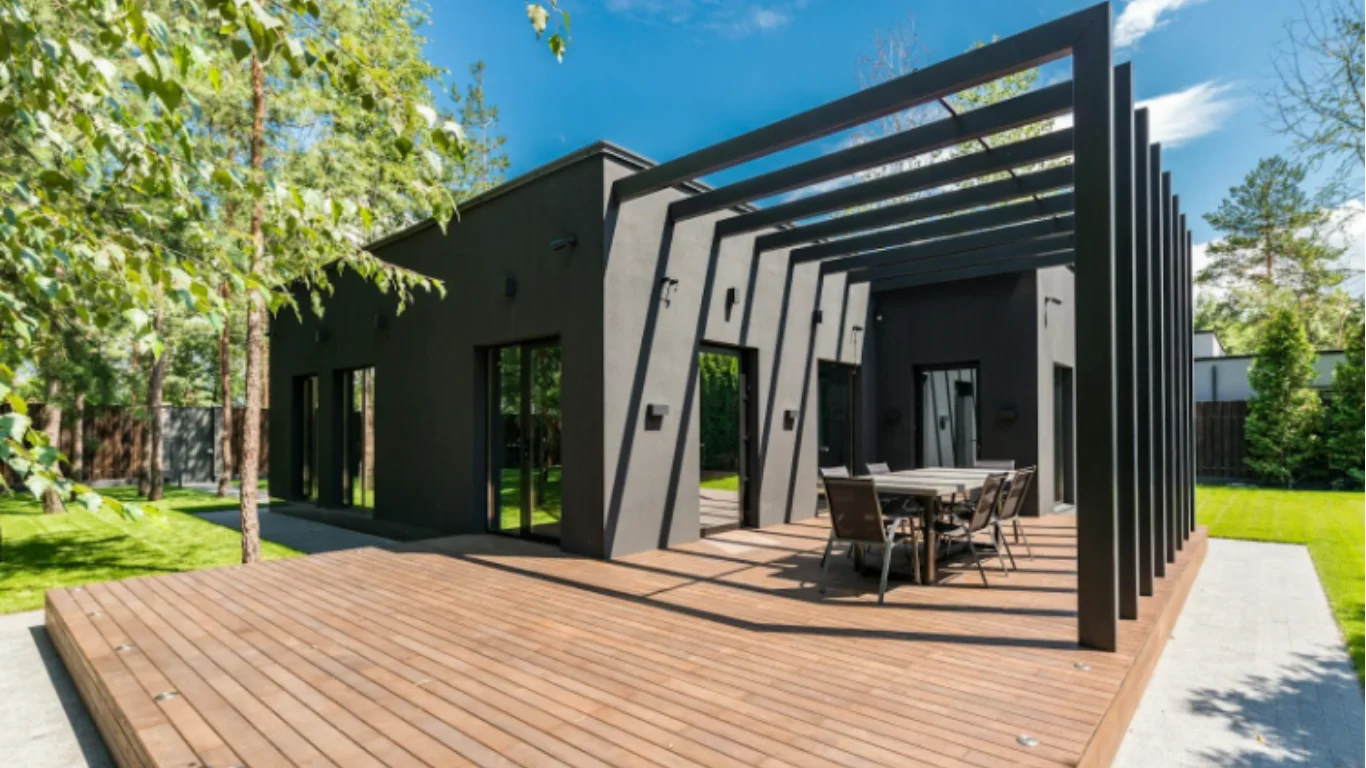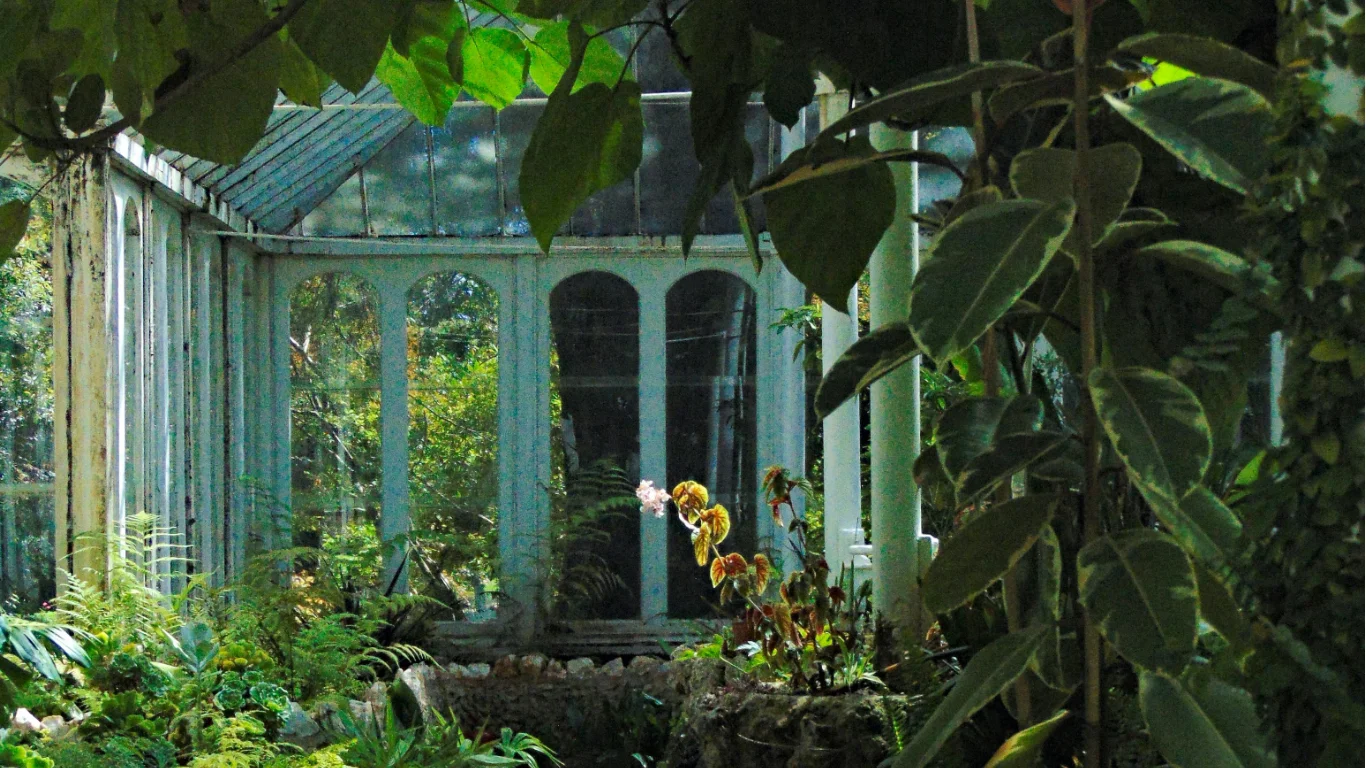Anthurium King of Spades is an unusual plant and is an exotic plant. It is recognized for its dramatic, velvety foliage and an attractive and graceful appearance. One of the most popular among plant enthusiasts is Anthurium King of Spades, which is a favorite among people and requires very little maintenance.
By taking excellent care it plays an effective role in setting the stage for growth within the home and enhancing any space with a luxurious look. In this guide we will walk you through Anthurium King of Spades care, environment, propagation creativity, technical methods and common problems.
| Scientific Name: | Anthurium crystallinum x magnificum |
| Common Names: | Anthurium King of Spades |
| Family: | Araceae |
| Native Region: | Central and South America |
| Plant Type: | Evergreen perennial |
| Height: | 2-3 feet (60-90 cm) |
| Foliage: | Heart-shaped, velvety leaves with prominent white veining |
| Ideal Placement: | Indoor, bright indirect light |
Anthurium King of Spades is always recognized by its dark colored leaves, usually velvety, this variety is usually one with prominent veins. Scientifically it is also called Anthurium crystallinum. It is mainly related to the Araceae family, it generally prefers to grow in warm, humid conditions and ideal environment with best performance.
How To Care
To ensure that your anthurium king of spades thrives and blooms at its best, proper care and regular maintenance tips play a vital role in keeping the plant at its best. It is also necessary to ensure growth. We have listed some tips about this unique plant to help you. You can maximize plant growth and performance by following these tips:
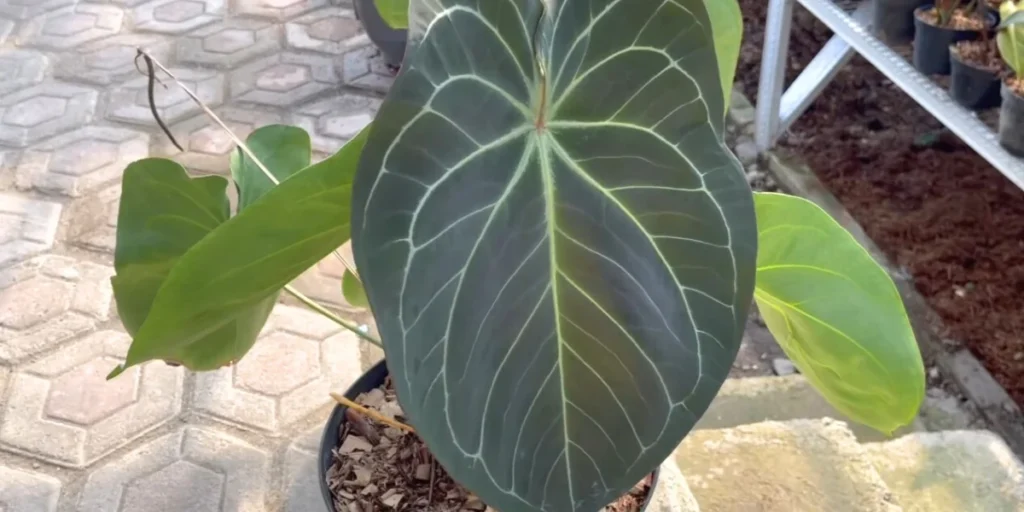
1. Temperature
Anthurium King of Spades usually prefers moderate temperatures of 80-65 F° and 18-27 C° to thrive. Do not make it at any other temperature and follow the tips given by us to avoid any damage. Because it can cause stunted growth and possibly severe leaf damage. It would be better to keep this plant in drafts for constant heat or keep them away from air conditioners instead of direct sunlight.
2. Water
This type of anthurium is the one that thrives in the best humidity and it needs holes for the best drainage. Keeping them in too much water or overwatering can also damage them. They are very sensitive to too little water and too much water. Release the watering schedule when you see that the top 1/2 inch of soil is completely dry.
Try to use clean water such as filtered or distilled water to water them as tap water can harm them. Because it may contain minerals and salts that can change over time and cause danger to the plant. In winter, when you see that the growth of the plant is very slow, then stop watering so that no damage is done.
3. Soil
Look for a well-draining source for Anthurium King of Spades and it is very important to include an airy soil mix. For its best growth, it is important to ensure air, if possible use a mixture of orchid bark, perlite and peat moss to help complete the air requirement. If you want the best growth and unique benefits of the plant, it is important that the soil around and around the plant’s roots is slightly acidic and has a pH between 5.5 and 6.5 to support its roots. It must be what the plant grows to thrive with the best results.
4. Fertilizer
Anthurium King of Spades needs to be fertilized every 3 weeks during the growing spring and summer. It should be fed with a balanced and liquid fertilizer so that the health and growth of the plant should be uniquely enhanced. Never add too much fertilizer as it can stunt the growth of the plant or cause the plant leaves to turn brown which does not reduce the risks. In the winter season, when you see that the growth of the plant is very slow, then you should reduce the fertilization.
5. Humidity
Anthurium King of Spades grows best with high humidity, preferring optimum growth between 60-80%. If your indoor environment is dry or often gets dry during winter, then you should use a humidifier to help maintain humidity levels. Oftentimes regular dusting can also help positively in maintaining humidity. But at this point you should never over-wet the leaves to prevent fungal growth, as this can cause browning or burning of the leaves. Due to which there is a constant decrease in the health and growth of the plant.
6. Light
This plant prefers bright, indirect light. Direct sunlight can cause leaf scorch, so place it near a north- or east-facing window where it receives filtered light. If we put it in direct sunlight, it will be dangerous for it because it will change the color of the leaves in an unpredictable way and may stop the growth. If necessary, focus on supplementing with grow light so that there are no unexpected effects on plant growth and the plant continues to grow at its best.
7. Flowers
Anthurium King of Spades is primarily intended for seeding and growing plants and rarely grows well indoors. When this happens, the flowers are smaller than the leaves and usually less bright. However, the plant’s leaves, with their eye-catching, velvety texture and complex veins, often make up for the unusual lack of flowers.
8. Pruning
Pruning is essential to remove yellow or damaged leaves and to maintain the best shape. But while harvesting, keep in mind that the knife or scissors you are cutting with should be clean, pure and sharp, and if possible, buy clean scissors that should only be used for plants. . In pruning, prune near the base of the plant stem so that it does not cause any unexpected damage to the plant. If you prune your plant regularly, it is very important to encourage the plant to grow and grow in optimal health.
9. Potting and Repotting
Anthurium King of Spades should be repotted every 2-3 times or when you notice it is root bound. Make a pot larger than this size and make sure it has good drainage holes so that when you fill it with water, the excess water will automatically drain out of the holes. It is important to use fresh soil mix to maintain nutrients. Carefully remove the plant and place it in a pot of optimal mix where it was previously. After repotting, start watering the plant again, but avoid overwatering or pouring water over the leaves.
Ideal Placement and Maintenance
Your king of spades should be placed in a location that receives indirect light but never in direct sunlight or in areas with drafts. It is occasionally necessary to wipe it with a slightly damp cloth to remove dust and absorb light so that the growth is maintained at its best. Rotate the plant every few weeks to ensure uniform growth on all sides.
Propagation
Anthurium King of Spade can usually be easily propagated by division. Here for your help we have fully explained its unique and distinguished best way of spreading:
- Remove the plant: Try to remove the plant carefully and thoroughly inspect the root system.
- Split the roots: Identify the points where the roots are not connected and separate them.
- Pot the Divers: Each division should be placed in a separate pot and backed with well-drained soil.
- Maintenance of water and moisture: Each division should be watered and kept in a humid environment to encourage their unique growth and development.
During the growing season, when the plant appears to be most uniquely active, the propagation process can be carried out with the best efficiency, which will be unique and distinguished for its encouragement and growth.
Pests and Diseases
King of Spades can be susceptible to common indoor plant pests and diseases that are no less dangerous.
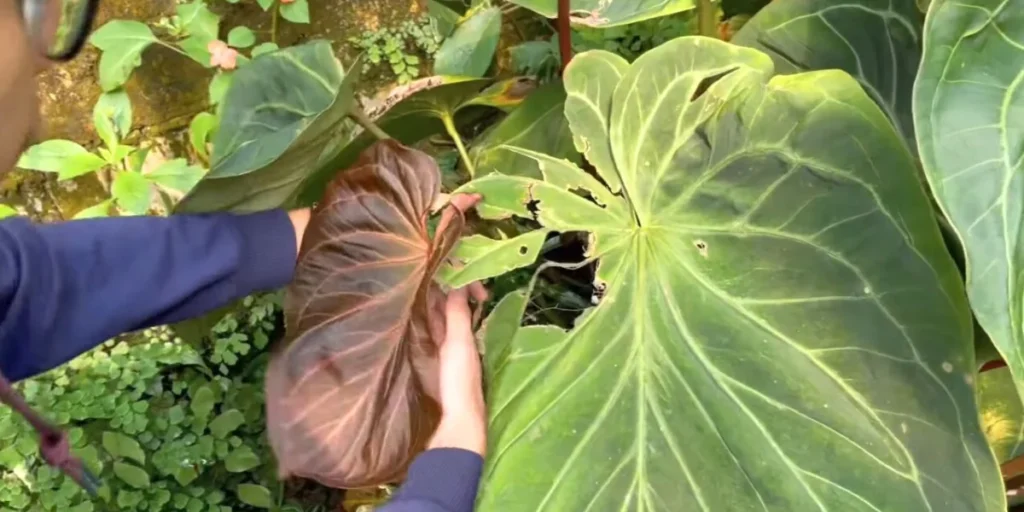
- Spider mites: These thrive in dry environments and cause yellowing of leaves. Increase humidity and be sure to use an insect repellent spray or neem oil to eliminate the risk of infection.
- Mealybugs: They appear white on the leaves and appear as weevil-like spots, they suck all the sap from the plant and completely weaken the plant. Neem oil or insecticidal soap should be used immediately to eradicate it.
- Root rot: Overwatering can cause root rot or poor drainage can also be fatal. Ensure adequate soil and stop by ensuring optimal drainage practices.
- Leaf Spot Fungus: High moisture often results badly on plants, so ensure ventilation and avoid leaf wetness or complete wetting of the plant during application to avoid unexpected situations.
Problems and Solutions
- Yellow leaves: Yellowing of leaves is expected if you over water or under water it. Adjust watering routines and consider making sure to use a humidifier.
- Brown Leaf Tips: This is usually due to low humidity or overfertilization symptoms. You should increase the humidity level and make sure that you are not overfeeding the plant.
- Stunted Growth: Inadequate light or nutrient deficiencies that slow or even stop plant growth and development. Adjust the fertilization schedule and the plant should be moved to an indirect light location immediately.
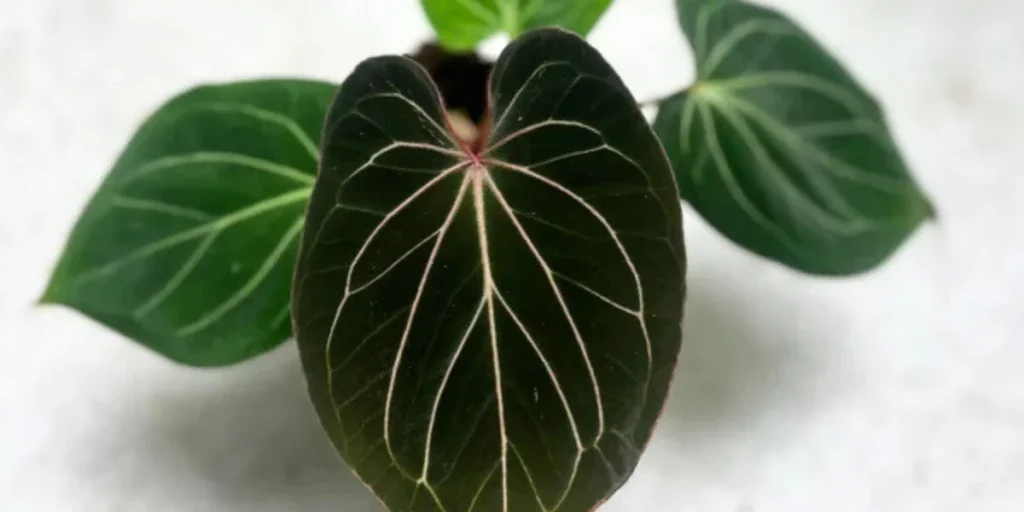
Toxicity
Anthurium king of spades is very dangerous to pets and humans if seen. It contains calcium oxalate crystals. By eating this plant, burning in the mouth, burning in the stomach, loss of mental abilities and various stomach problems can be expected. Therefore, it is important to ensure that the plant is out of reach of children and away from domestic pets to avoid any unexpected situation and prevent accidental entry.
Conclusion
Anthurium king of spades is an effective and efficient addition to any indoor plant collection, prized for its unique foliage and tropical charm. It prefers to grow best in indirect sunlight. It can be easily propagated with proper care. It maintains the beauty in terms of the layout of the house.
FAQs
Water every 1-2 weeks, allowing the top inch of soil to dry out between watering.
Yes, it thrives in humidity levels between 60-80%.
It prefers bright, indirect light; low light may hinder growth and reduce vibrancy.
No, it is toxic to pets if ingested.
Yellow leaves can be due to overwatering or low humidity. Adjust watering and increase humidity if needed.


